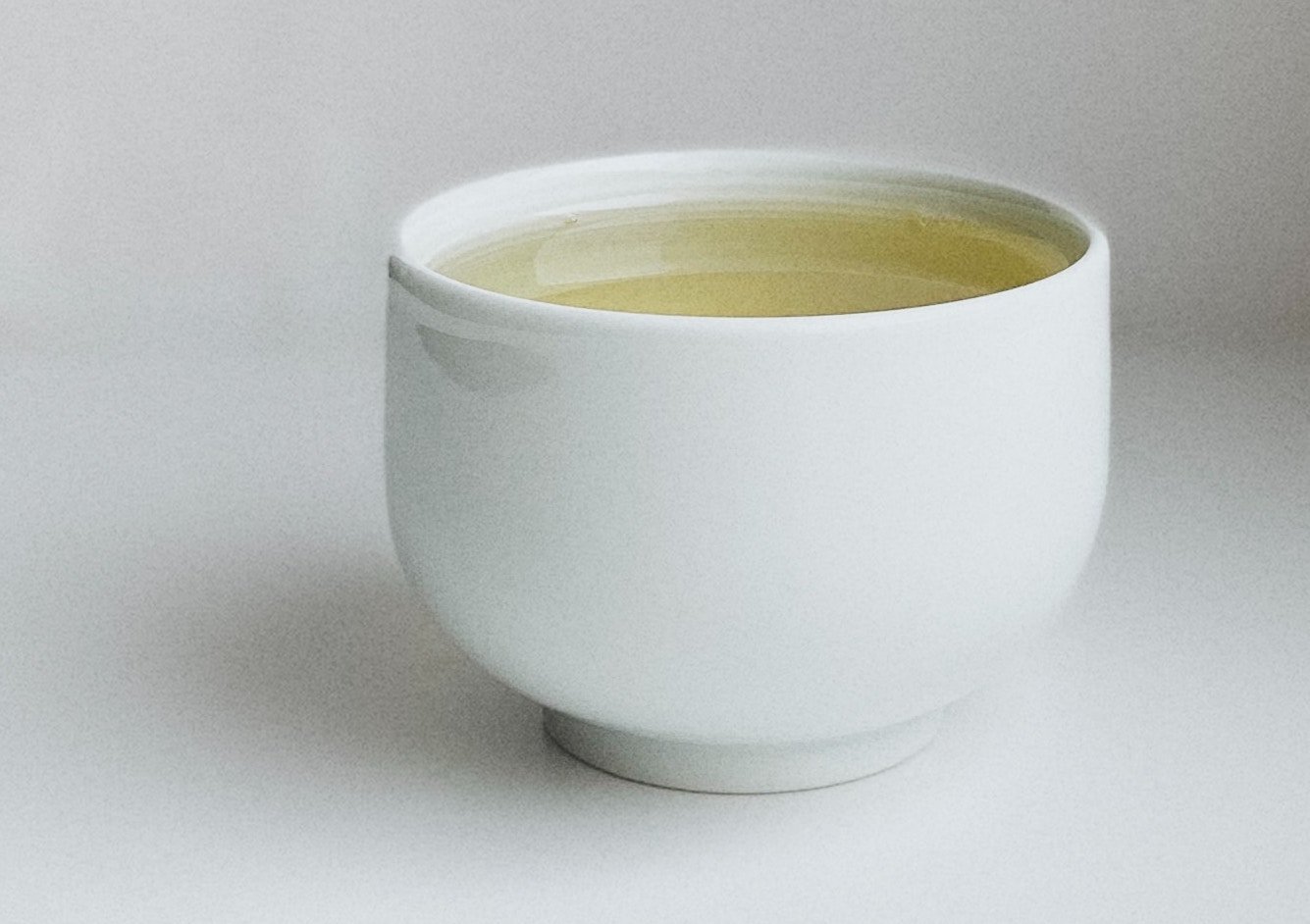Using Cleavers the Herb To Clean Up Your Lymph
Even urban yards often manage to sneak in herbal medicine, although these plants are commonly mistaken for weeds. The picture above is my spring flowerbed, and most of what you see is not my cultivated perennials, but the sticky, leggy cleavers which cling to clothes and hands in a mild Velcro fashion.
Galium aparine, Cleavers also known as Lady’s Bedstraw, has a long history of use in folk medicine. It is mild, entirely non-toxic, easy to harvest, and is actually very valuable plant medicine. Cleavers love to grow in weedy areas with a bit of sun and moisture, where they can climb up their neighboring plants. It has an strong affinity for the lymphatic system, along with kidneys and nerves.
Our lymphatic system is an invaluable subsystem of our circulatory system, where it helps maintain fluid balance in the body and defend against infection. It collects excess fluid (and the particulate matter lingering in the interstitial areas of the tissues) and is an essential aspect of the body’s adaptive immune response. The lymphatic system assists in transporting fat in the intestinal system, and defends the body from potentially hazardous microorganisms. Swollen lymph nodes in the neck with a sore throat is a perfect example of the lymph system at work, and possibly needing support in its critical work.
“Cleavers is primarily used for lymphatic congestion, and is known… to assist in the penetration and breakup of fibrous tissue and calcifications in the body (muscles, lymph, kidneys.)
Mathew Woods, Author of The Earthwise Herbal, Volume I & II
Cleavers ability to assist in moving lymph and breaking up fibrous tissue makes it a wonderful herb to be considered when there are fibrocystic breasts with cysts or other congestion in the lymphatic system. Think stagnation of water or calcifications.
It has been found to be very helpful for prostatitis, urinary problems, kidney stones and ’white sand’ that passes through the kidneys, dry eyes, fluid retention and even underarm odor.
Consider cleavers when working to resolve cloudy urine, infectious mononucleosis, and nonspecific cystitis.
Rachel Weaver, M.H. suggests 1-3 cups/cleaver tea daily to help clear the urinary track of infection.
It’s also indicated for the nervous system; herbalist Mathew Wood has found it beneficial in “gatherings of nerves” and for inflammation of the nerve endings, known as neurofibrositis.
Cleavers also has a reputation as a ‘birthing remedy’; Wood reports he used it to restore stamina after an exhausting labor with good results.
Cleavers are considered very helpful for mastitis or other swollen lymph in the breast. A poultice could be made with the green parts of the whole spring (or early summer) plant. Blanch the cleavers, then apply them moist (whole or roughly chopped) while very warm over the painful area. Cover with a layer of plastic (holding the moisture to the skin), a wash cloth (protecting skin and plastic from the heat), and then top with heat such as a water bottle or low heating pad. A fresh poultice could then be reapplied about every half hour until the swelling reduces.
Cleavers Tea
Moving and clearing the lymph could be amplified by also drinking 3-4 cups of cleavers tea throughout the poultice treatment. Steep 2-3 TB of fresh herb in 1 cup of hot water for at least 30 minutes. Longer is great too.
Spring and early summer are great times to collect cleavers, as they are most potent fresh. Later in the season, the plant begins to shift it’s energy into making it’s little mini-burrs. To have fresh cleavers available year round, process spring plants (whole or coarsely chopped) in your food processor or blender to the point of thick juice. Freeze in ice cube trays, storing the solid cubes in a freezer bag. Use on the skin to speed healing and soothe skin irritations by applying directly or first to a gauze. You’ll never look at these enthusiastic ‘weeds’ the same again!
Tincture of Cleavers
Pack a quart jar with fresh cleavers.
Fill with 80 proof vodka; some like 100 proof, or using 1/2 unpasteurized vinegar.
Leave to set 4-6 weeks.
Keeping it in the dark is good, check in to see if more liquid is needed to keep the plant material submerged.
Strain, squeeze the plant material nearly dry, and bottle.
Dosage is at least 50 drops/day for adults, by taking 5-10 drops at a time throughout the day.
Do not be dismayed by a strong cleansing result! Extra mucus may flow, like a bad cold, which is a wonderful thing as your body releases what was never meant to be stored.
Note: Mathew Wood’s books are great resources for more in-depth explanations on the research and explanations for herbal medicinal actions. As always, this blog is for informational purposes only. Please research what may be in your individual best interest, use common sense, and never hesitate to consult with your trusted health care professional with any questions or concerns.




